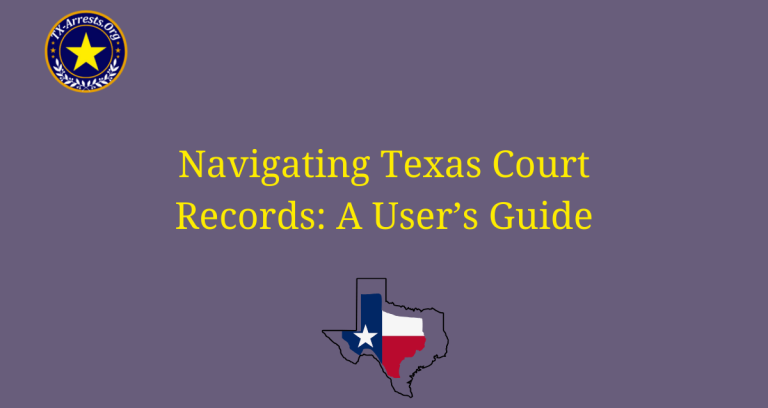State Budget and Financial Management in Texas

The state of Texas has a robust and complex budgeting and financial management system that plays a crucial role in supporting the diverse needs of its population. With a population of over 29 million and a booming economy, Texas faces unique challenges and opportunities when it comes to managing its finances.
Budgeting & Financial Management: Overview
The budgeting and financial management system in Texas is a comprehensive and intricate framework that is designed to support the diverse needs of its large population and thriving economy. This system plays a crucial role in ensuring the efficient allocation and management of the state’s financial resources.
The Importance of Budgeting and Financial Management
Effective budgeting and financial management are essential for any government entity, and Texas is no exception. The state’s budget is a reflection of its priorities and goals, and it serves as a roadmap for allocating resources to various programs and initiatives. By carefully managing its finances, Texas can address the unique challenges and opportunities it faces.
The Complexity of Texas’ Budgeting System
The budgeting system in Texas is known for its complexity. It involves multiple layers of decision-making, with various stakeholders contributing to the process. The state’s budget is developed and managed by the Legislative Budget Board and the Governor’s Office, in collaboration with state agencies and other entities. This complexity ensures that the budget reflects the needs and aspirations of the diverse population of Texas.
Budgeting Challenges in Texas
Managing the budget in a state as large and diverse as Texas comes with its own set of challenges. The state must contend with rapid population growth, changing demographics, and evolving economic conditions. Additionally, Texas is often affected by natural disasters, such as hurricanes, which require significant financial resources for recovery and rebuilding efforts. Overcoming these challenges requires careful planning and resource allocation.
Ensuring Transparency and Accountability
Transparency and accountability are integral to the budgeting and financial management system in Texas. The state has implemented measures to ensure that the budgeting process is transparent and accessible to the public. This includes publishing budget documents and financial reports online, providing citizens with information about how their tax dollars are being spent. Accountability is also emphasized through regular audits and reviews of financial processes.
Addressing the Diverse Needs of the Population
Texas has a diverse population with varying needs and priorities. The budgeting and financial management system is designed to address these diverse needs and ensure that resources are allocated in a fair and equitable manner. This includes funding for education, healthcare, infrastructure development, and other essential services that support the well-being of Texas residents.
Supporting Economic Growth and Development
One of the key goals of the budgeting and financial management system in Texas is to support economic growth and development. The state’s booming economy presents both opportunities and challenges, and the budget is a crucial tool for fostering economic prosperity. Investments in infrastructure, job creation, and innovation are prioritized to attract businesses and promote sustainable growth.
FAQs
What is the state budget of Texas?
The state budget of Texas refers to the financial plan that outlines the estimated revenue and proposed expenditures for the state government. It includes funding for various sectors such as education, healthcare, infrastructure, and public safety.
How is the state budget of Texas managed?
The state budget of Texas is managed by the Texas Legislature and the Governor. They are responsible for creating, reviewing, and approving the budget. The process involves analyzing revenue projections, prioritizing spending, and making decisions on allocation of funds.
What are the sources of revenue for the state budget of Texas?
The state budget of Texas relies on various sources of revenue, including taxes, fees, federal funds, and investment income. Taxes such as sales tax, property tax, and corporate income tax contribute a significant portion of the revenue.
How does the state budget of Texas impact public services?
The state budget of Texas plays a crucial role in determining the level and quality of public services provided to the residents. It allocates funds for education, healthcare, transportation, public safety, and other essential services, which directly impact the well-being of the population.
What is the process of creating the state budget of Texas?
The process of creating the state budget of Texas involves several steps. It begins with agencies submitting budget requests, which are reviewed by the Governor’s office. The Governor then presents a proposed budget to the Legislature, where it goes through scrutiny, amendments, and final approval before implementation.
How does the state budget of Texas address financial management?
The state budget of Texas includes provisions for financial management, such as accounting, auditing, and reporting. It ensures transparency, accountability, and responsible use of public funds. The budget also addresses long-term financial planning and debt management to maintain the state’s fiscal health.






